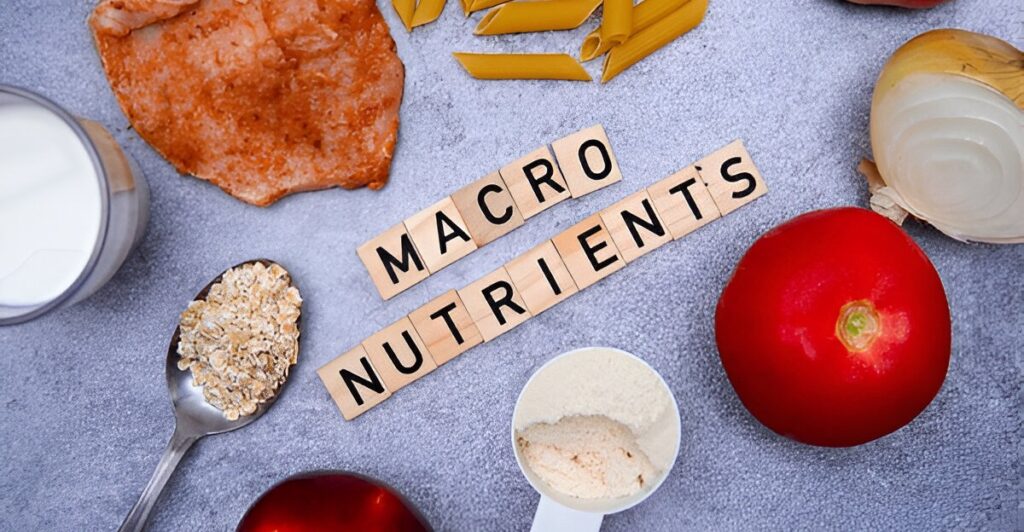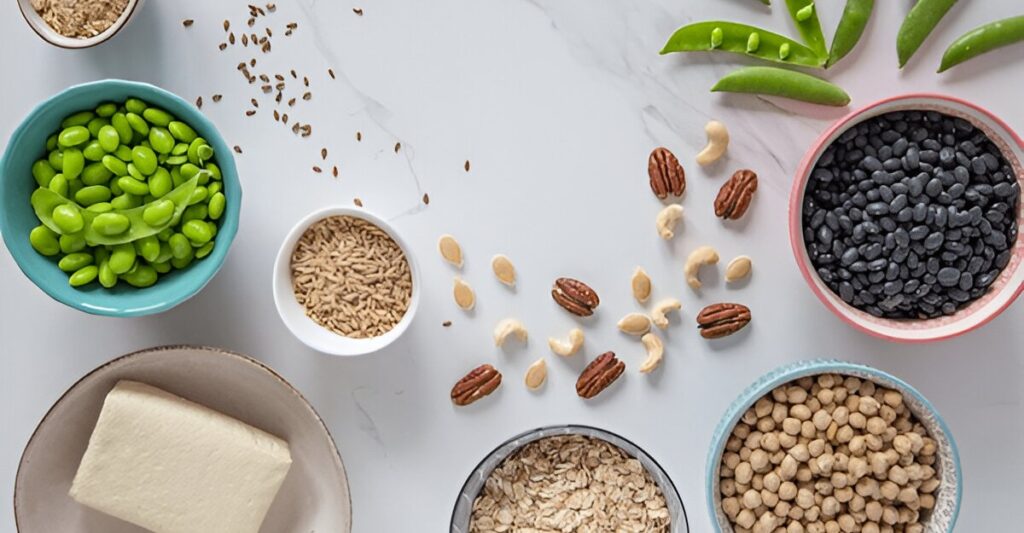The term “clean eating” has become a buzzword in the health and wellness world, often associated with vibrant salads, whole foods, and a promise of better health. But what exactly is clean eating, and what misconceptions surround it? Far from being a rigid diet or a passing trend, clean eating is a sustainable approach to nourishing your body with wholesome foods. In this article, we’ll clarify what clean eating is, debunk what it’s not, and share practical tips to incorporate it into your life for lasting wellness.
What Is Clean Eating?
At its core, clean eating is about choosing minimally processed, nutrient-dense foods that support your health. It emphasizes whole foods—those as close to their natural state as possible—while limiting artificial ingredients, refined sugars, and unhealthy fats. Clean eating isn’t a strict set of rules but a flexible framework that prioritizes quality over restriction.
The principles of clean eating include:
- Whole Foods First: Focus on fruits, vegetables, whole grains, lean proteins, nuts, seeds, and healthy fats.
- Minimal Processing: Choose foods with short ingredient lists and avoid those loaded with preservatives, artificial flavors, or additives.
- Balanced Nutrition: Aim for a variety of nutrients to fuel your body, including proteins, carbs, and fats.
- Mindful Choices: Pay attention to where your food comes from, opting for sustainably sourced and organic options when possible.
Clean eating is about nourishing your body with foods that provide energy, support digestion, and promote long-term health, all while enjoying what you eat.
The Benefits of Clean Eating
Adopting a clean eating lifestyle can have a profound impact on your well-being. Here’s why it’s worth considering:
- Improved Energy Levels: Whole foods provide steady energy without the crashes caused by refined sugars or processed snacks.
- Better Digestion: High-fiber foods like vegetables, fruits, and whole grains support a healthy gut and regular digestion.
- Enhanced Nutrient Intake: Clean eating prioritizes nutrient-rich foods, ensuring your body gets the vitamins and minerals it needs.
- Weight Management: By focusing on satisfying, whole foods, clean eating can help you maintain a healthy weight without feeling deprived.
- Reduced Inflammation: Avoiding processed foods and added sugars may lower inflammation, which is linked to chronic diseases like heart disease and diabetes.
Clean eating isn’t just about physical health—it’s also about fostering a positive relationship with food, free from guilt or obsession.
What Clean Eating Is Not
Despite its popularity, clean eating is often misunderstood, leading to myths that can make it seem intimidating or unrealistic. Let’s clear up what clean eating is not:
1. It’s Not a Restrictive Diet
Clean eating isn’t about cutting out entire food groups or following a rigid plan. Unlike fad diets that demonize carbs, fats, or gluten, clean eating encourages balance and variety. You can still enjoy your favorite foods, as long as they’re made with wholesome ingredients. For example, a homemade pizza with whole-grain crust and fresh toppings fits perfectly into a clean eating lifestyle.
2. It’s Not About Perfection
You don’t have to eat “clean” 100% of the time to reap the benefits. Clean eating is flexible, allowing for occasional treats or processed foods in moderation. The goal is progress, not perfection—aim for consistency rather than an all-or-nothing mindset.
3. It’s Not Only Organic or Expensive
While organic foods can be part of clean eating, they’re not a requirement. Clean eating is about choosing whole, minimally processed foods, whether they’re organic, conventional, or from a local market. You can eat clean on a budget by buying in-season produce, bulk grains, or frozen fruits and vegetables.
4. It’s Not a Weight Loss Quick Fix
Although clean eating can support weight management, it’s not a crash diet designed for rapid weight loss. Instead, it’s a sustainable lifestyle that promotes overall health. Weight loss, if it occurs, is a byproduct of nourishing your body with quality foods over time.
5. It’s Not One-Size-Fits-All
Clean eating looks different for everyone. Your cultural background, dietary preferences, and health needs shape how you approach it. For example, a vegetarian might focus on legumes and quinoa, while someone else might include lean meats. The key is tailoring clean eating to your unique lifestyle.
How to Start Clean Eating
Ready to embrace clean eating? Here are practical steps to get started without feeling overwhelmed:
1. Stock Your Kitchen with Whole Foods
Fill your pantry and fridge with clean eating staples like:
- Fruits and Vegetables: Fresh, frozen, or canned (without added sugars or salt).
- Whole Grains: Brown rice, quinoa, oats, or whole-grain pasta.
- Proteins: Eggs, chicken, fish, tofu, lentils, or beans.
- Healthy Fats: Avocados, olive oil, nuts, and seeds.
Having these ingredients on hand makes it easier to prepare clean meals.
2. Read Labels Carefully
When buying packaged foods, check the ingredient list. Avoid products with long lists of artificial additives, high-fructose corn syrup, or trans fats. Choose items with recognizable ingredients, like canned tomatoes with just tomatoes and salt.
3. Cook More at Home
Preparing your own meals gives you control over ingredients and portion sizes. Start with simple recipes, like a veggie stir-fry with brown rice or a smoothie with spinach, berries, and almond milk. Cooking at home is a cornerstone of clean eating and can be both fun and budget-friendly.
4. Plan and Prep Meals
Meal planning helps you stay consistent with clean eating, especially during busy weeks. Set aside time to plan your meals, shop for ingredients, and prep components like chopped veggies or cooked grains. This reduces the temptation to grab processed convenience foods.
5. Make Smart Swaps
Transition to clean eating by swapping processed foods for healthier alternatives:
- Replace sugary cereal with overnight oats topped with fruit.
- Swap soda for sparkling water with a splash of lemon.
- Use Greek yogurt instead of sour cream in recipes.
These small changes add up, making clean eating feel approachable.
6. Eat Mindfully
Clean eating isn’t just about what you eat but how you eat. Slow down, savor your meals, and pay attention to hunger and fullness cues. Eating mindfully enhances your enjoyment of food and supports healthy digestion.
Common Myths About Clean Eating
Let’s debunk a few more misconceptions that might hold you back:
- Myth 1: Clean Eating Is Boring
Clean eating is far from bland! With spices, herbs, and creative recipes, you can enjoy flavorful meals like grilled chicken with mango salsa or quinoa-stuffed bell peppers. - Myth 2: You Can’t Eat Out
You can still dine out while eating clean. Choose grilled or baked dishes, ask for sauces on the side, and prioritize veggies and lean proteins. - Myth 3: Clean Eating Is Time-Consuming
With batch cooking, simple recipes, and pre-prepped ingredients, clean eating can fit into a busy schedule.
Conclusion
Clean eating is a refreshing, sustainable approach to nourishing your body with whole, minimally processed foods. It’s not about restriction, perfection, or expensive ingredients—it’s about making mindful choices that support your health and happiness. By understanding what clean eating is and what it’s not, you can embrace this lifestyle with confidence and ease. Start small, focus on whole foods, and enjoy the journey to a healthier you. With clean eating, you’re not just feeding your body—you’re fueling a vibrant, balanced life.


